The Art of Customization in Chess
Chess, a game with an illustrious history stretching back over a millennium, has not only been celebrated as a sport of intellect and strategy but has also continually evolved in terms of how it can be visually enjoyed and personalized. The game’s fundamental premise has remained unchanged, but its aesthetic and customization potential have burgeoned, particularly in the realm of chess pieces. Customizable chess pieces have become a popular trend for players seeking to infuse personal flair or cultural significance into their game.
Historical Evolution of Chess Pieces
The origins of chess pieces are as storied as the game itself, tracing back to the early 7th century in India. Originally named ‘Chaturanga’, the early game pieces were simplistic and largely symbolic. As chess spread to Persia and later to Europe, the shapes and designs of the pieces evolved significantly, morphing into more recognizable forms seen in modern sets. This evolution was not merely aesthetic but also reflective of the various cultures that adopted the game.
The standardization of chess pieces began with the Staunton pattern, which was introduced in 1849. Named after Howard Staunton, a prominent chess player of the time, these pieces were designed to be easily distinguishable from one another, which was essential for play at a faster pace and for clearer visibility in competitive play. Despite this standardization, the fundamental appeal of customization remained, as players often sought pieces that reflected personal style or regional heritage.
Modern Customizable Chess Pieces
Material Innovations
Today, the materials used in chess pieces range widely, offering various textures and weights that cater to different preferences. Traditionally, wooden pieces are popular for their classic look and hefty feel, but modern advancements have introduced materials like glass, metal, stone, and high-grade plastics. Each material provides a distinct tactile experience and visual appeal. For instance, glass pieces can add a touch of elegance and modernity to the game, while metal pieces might be preferred for their durability and substantial feel.
Thematic Chess Sets
One of the most popular forms of customization is thematic chess sets, where pieces are designed around a specific theme. These themes can be as broad as historical eras, like Ancient Rome or Egypt, or as specific as popular films and books, such as Harry Potter or Star Wars. Thematic chess sets not only serve as functional games but also as decorative pieces that express personal interests and passions.
Thematic chess sets do more than just add visual interest; they can also act as educational tools or as a means to introduce the game to new audiences. For instance, a chess set featuring famous historical figures or elements might spark an interest in history while playing the game.
Role Personalization Plays in Modern Chess
Personalization in chess serves several purposes. For the seasoned player, customized pieces can be a source of inspiration or a mark of identity in the chess community. For amateurs or those playing casually, it might add an element of fun or engagement. Beyond individual use, custom chess sets offer unique gifting opportunities where the set can be tailored to the interests and tastes of the receiver, making it much more personal and thoughtful than a standard set.
The Artistic and Cultural Significance of Chess Pieces
Custom chess pieces often carry artistic as well as cultural significance. Artists and craftsmen from various backgrounds might imbue traditional motifs or contemporary designs into the pieces, creating a bridge between traditional crafts and modern play. In some cultures, chess sets are handcrafted by local artisans as a way of preserving and conveying cultural heritage through a globally understood game.
This blend of art and function is evident in luxury chess sets, which may be crafted from high-value materials such as ivory, gold, and silver, and can sometimes be encrusted with precious stones. Such sets not only serve as high-end functional games but are also collector’s items and decorative masterpieces that preserve the artistic heritage of the medium.
Impact of Technology on Chess Piece Customization
3D Printing
Advances in technology, especially the advent of 3D printing, have democratized the creation of customized chess pieces, making them more accessible to the average person. With 3D printing, individuals can design and print pieces at a relatively low cost, experimenting with personal designs without the need for expensive tooling or materials. This technology allows for the rapid prototyping of designs, giving rise to a much more iterative and innovative approach to customization.
Virtual Customization
In the digital realm, online chess platforms allow players to customize the visual aspects of the game, including the design and appearance of chess pieces and boards. This virtual customization enhances online play, allowing players to create a more personalized and visually pleasing gaming environment, even when playing against opponents across the globe.
Conclusion
The rise of customizable chess pieces reflects a broader trend in games and hobbies towards personalization. Whether through high-end, artisan-crafted pieces or 3D printed sets tailored for individual players, the market for customized chess pieces continues to grow. These pieces not only augment the aesthetic and tactile enjoyment of the game but also serve as a form of personal expression and cultural heritage, bridging the ancient game with modern creativity and technology. As the world of chess continues to expand, the art of customization stands as a testament to the game’s enduring appeal and adaptability, resonating with a new generation of players around the globe.
Discover the art of chess with our exclusive collection of themed chess sets! From historical to cool modern boards, find the perfect set for you. Movies chess sets, special chess sets & more!

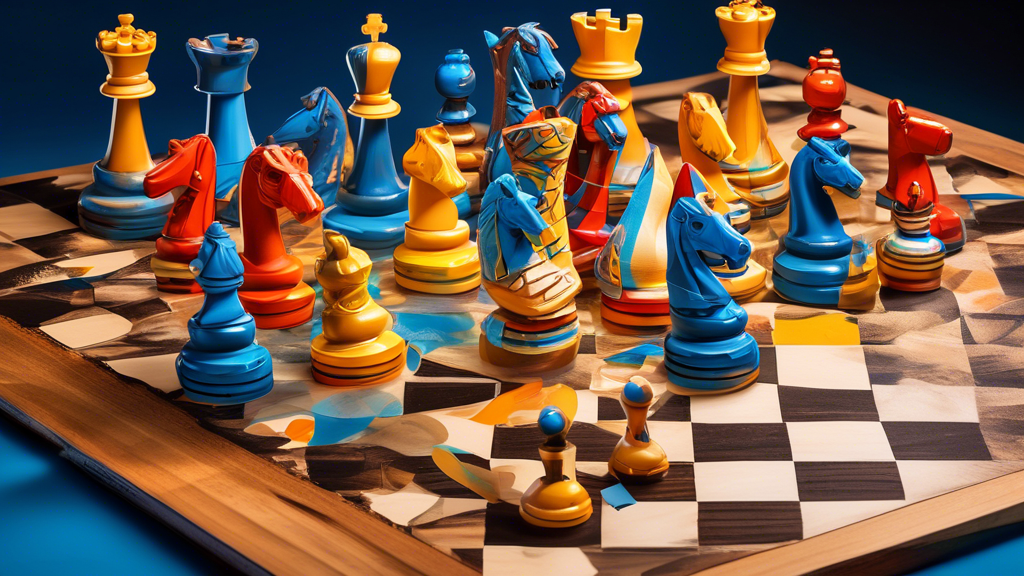
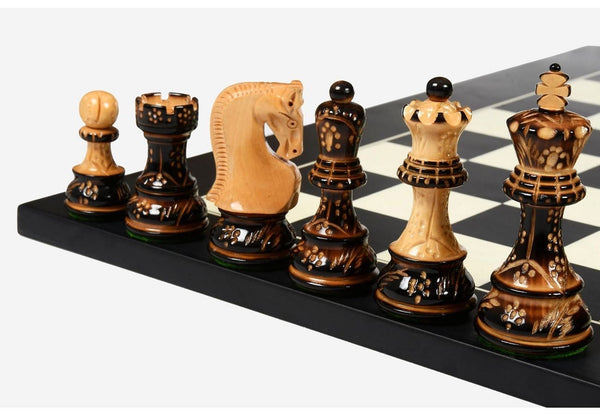
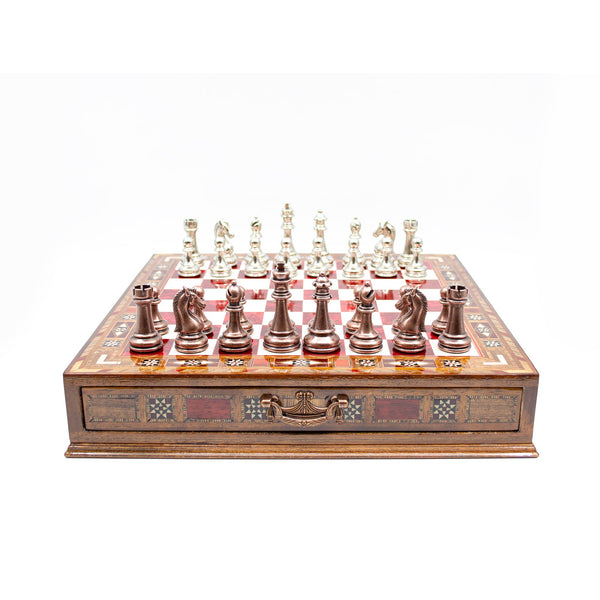
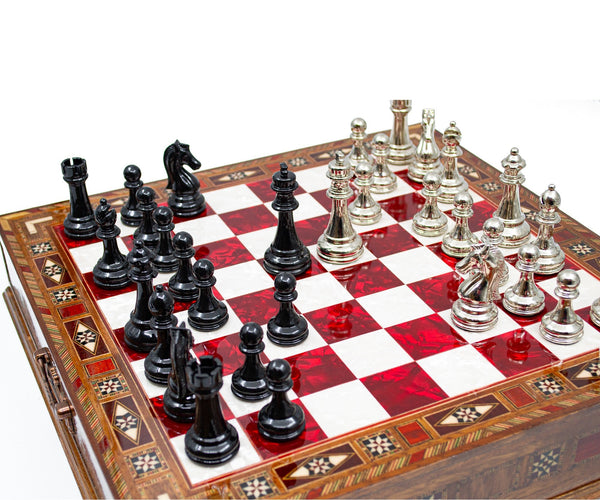
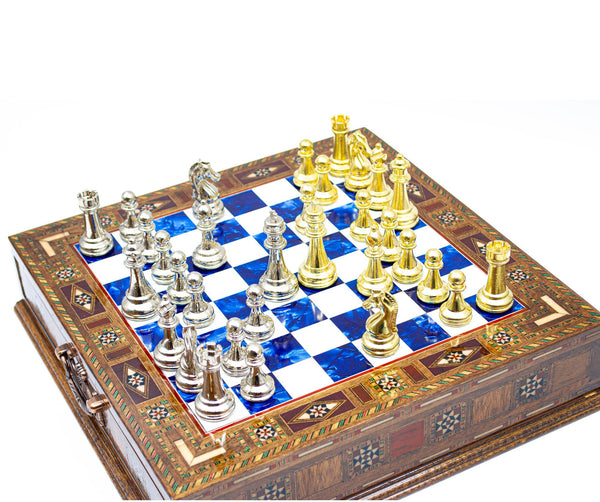
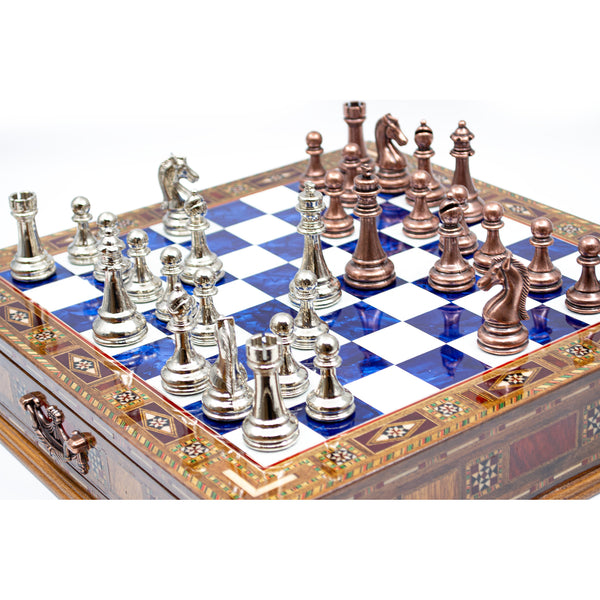
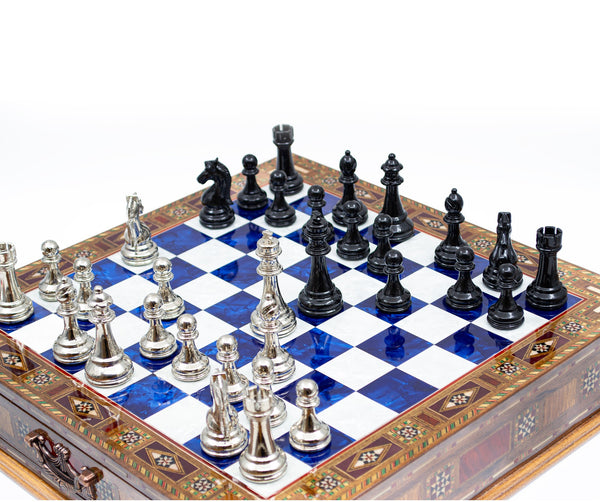



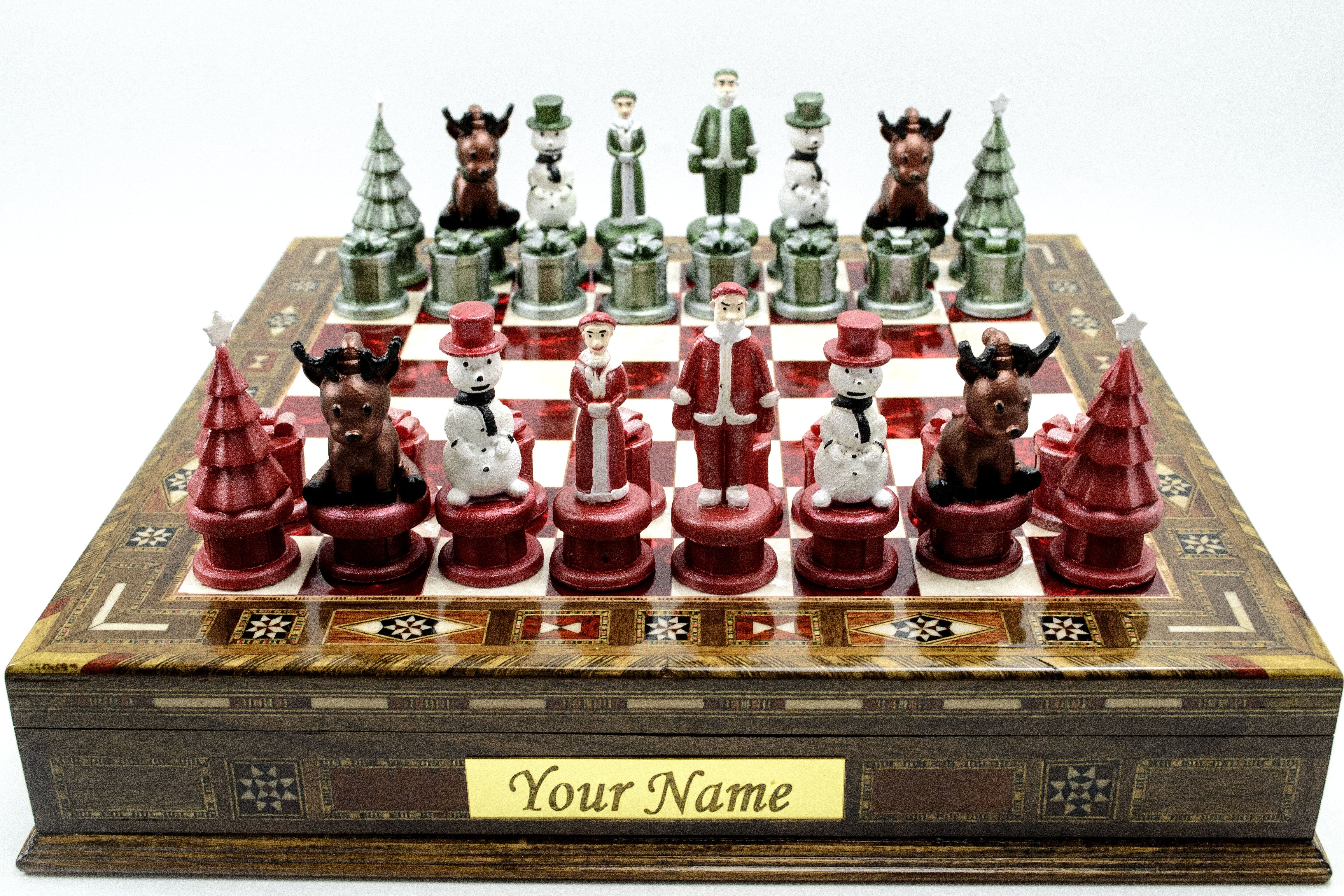




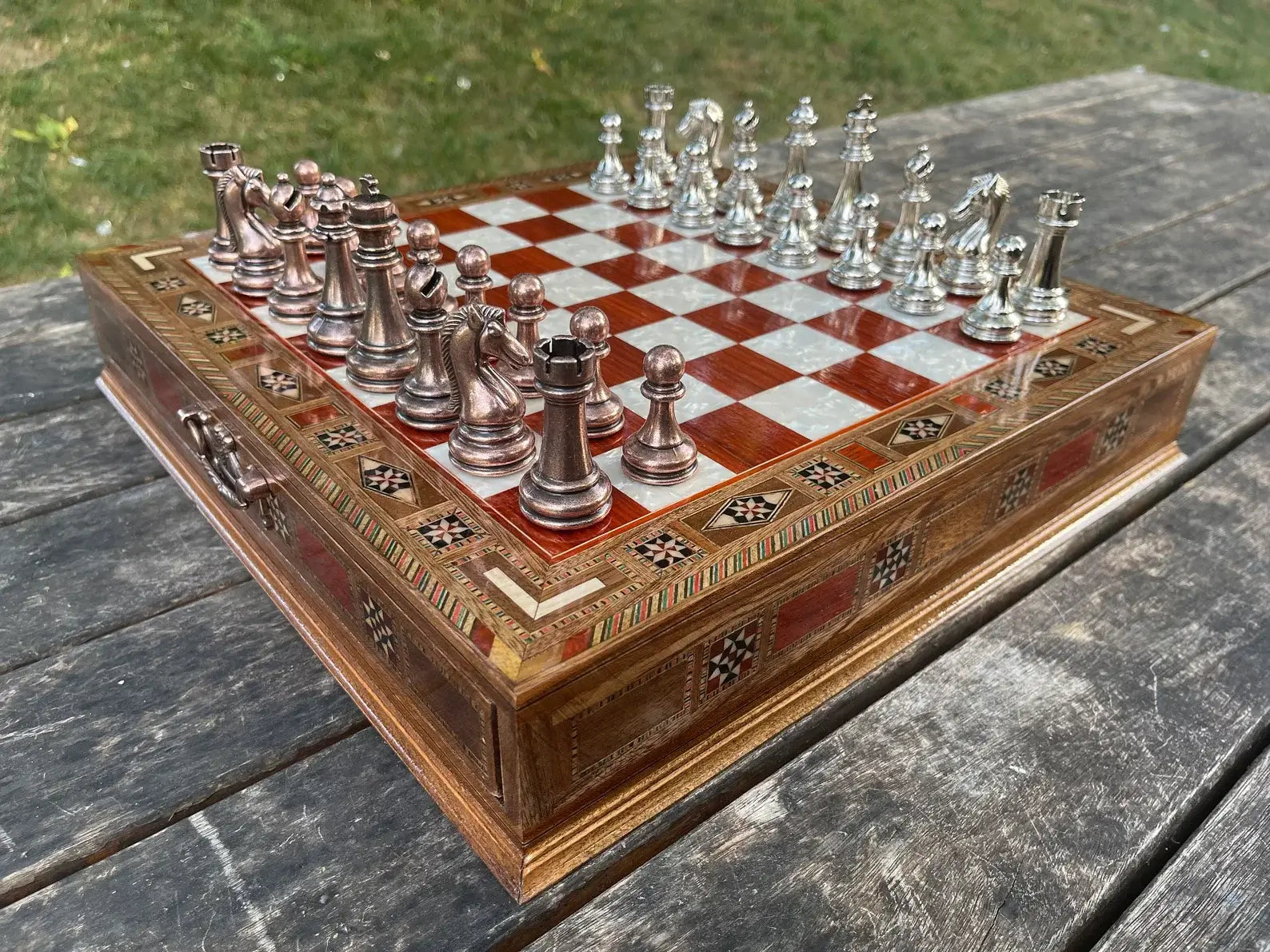
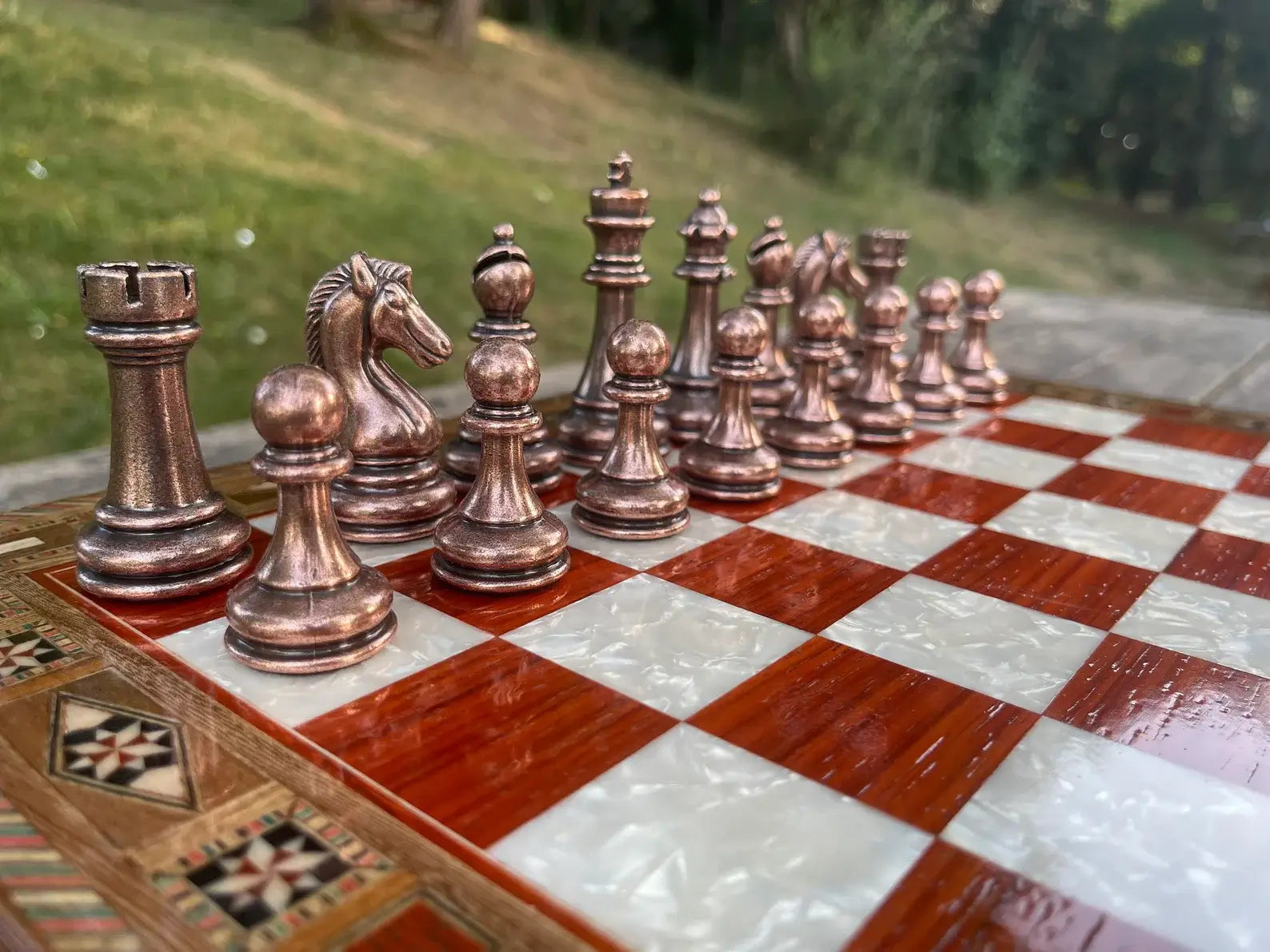
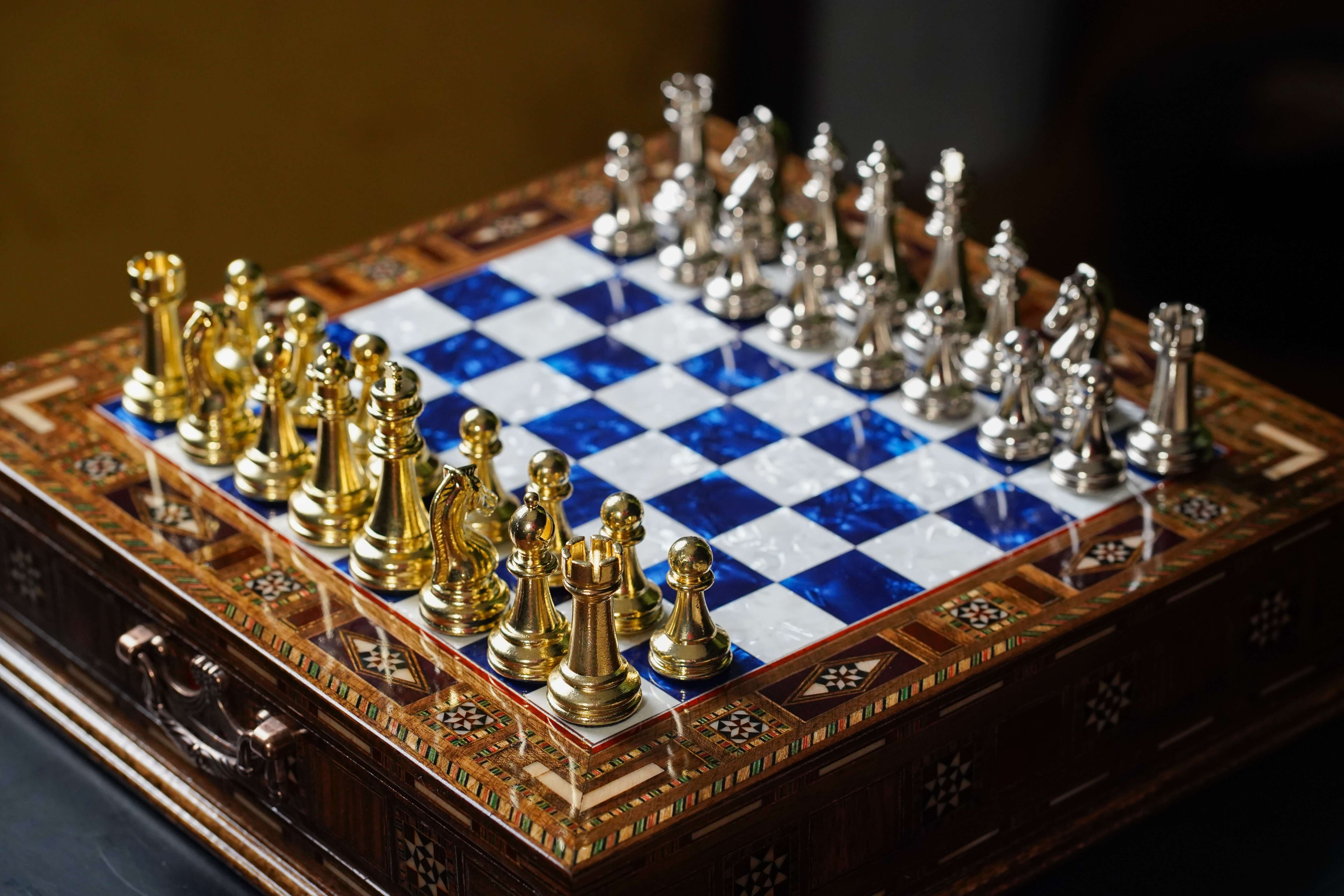
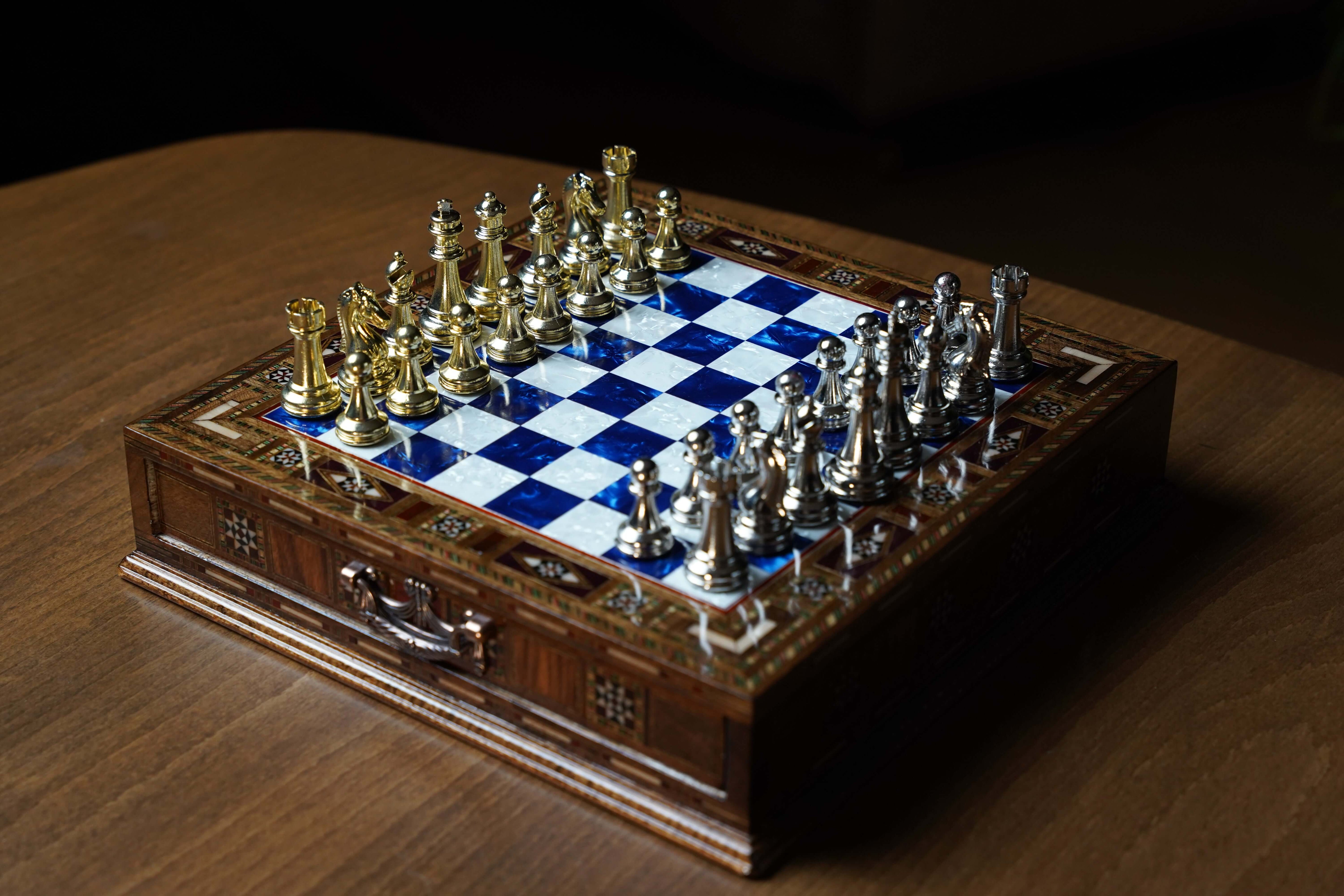
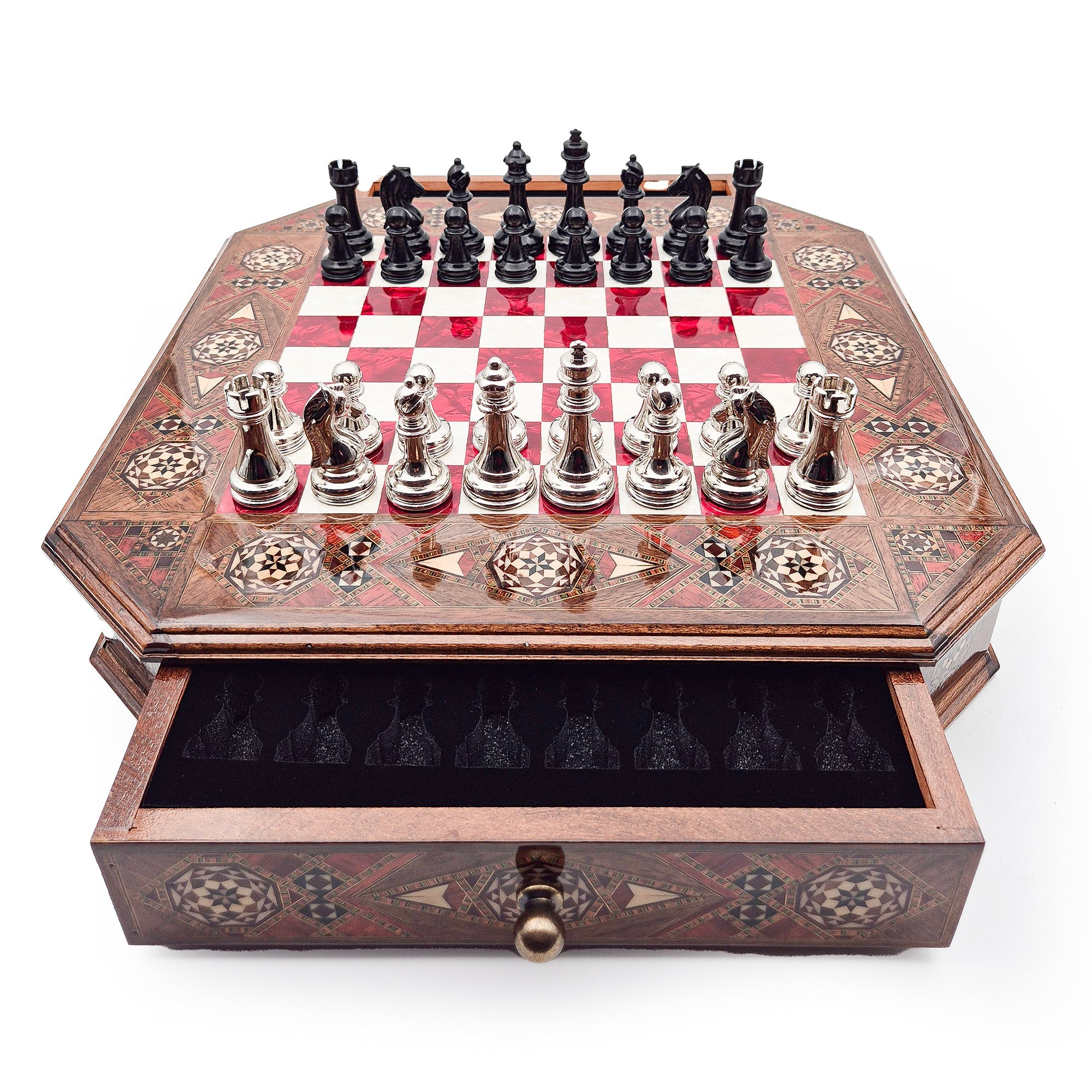
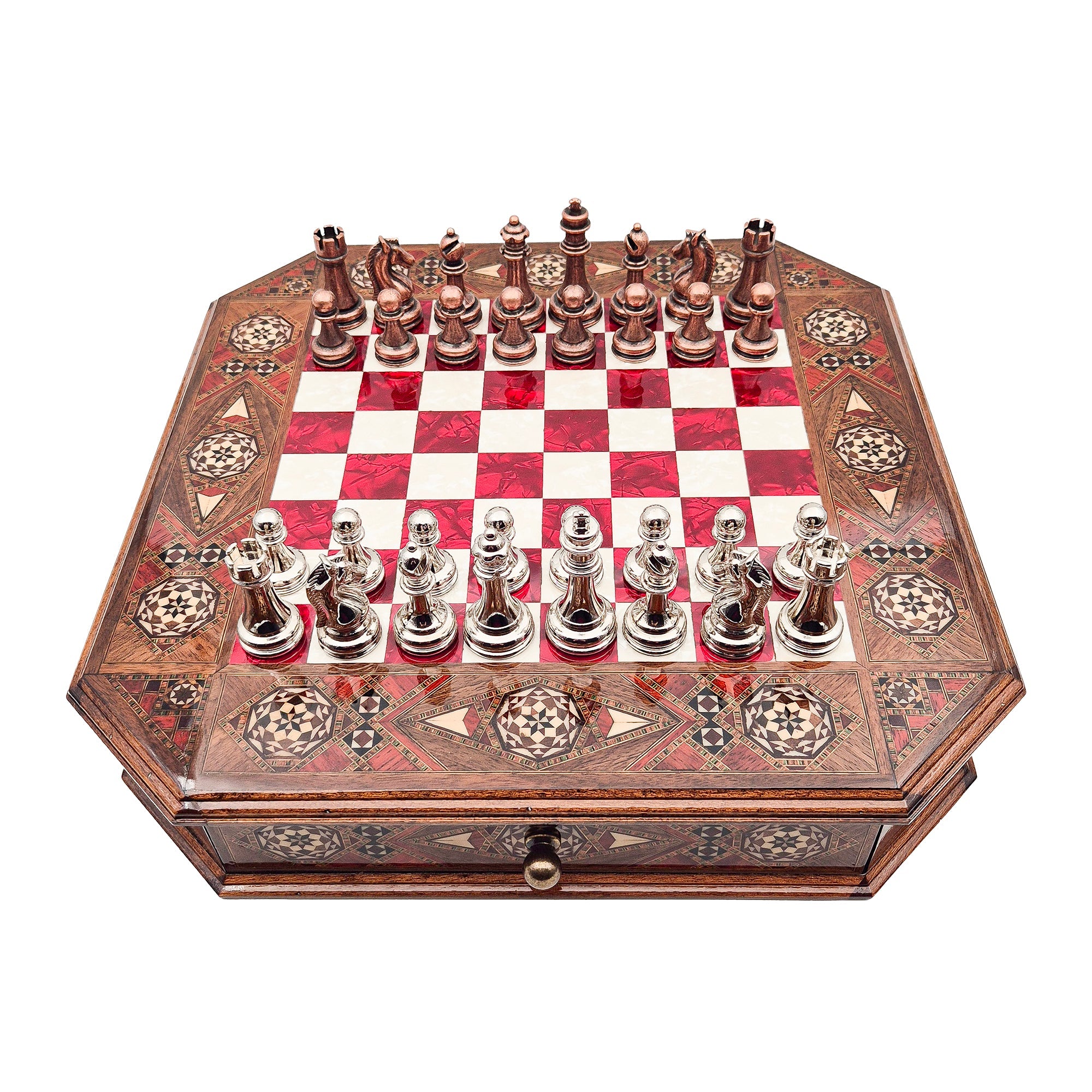
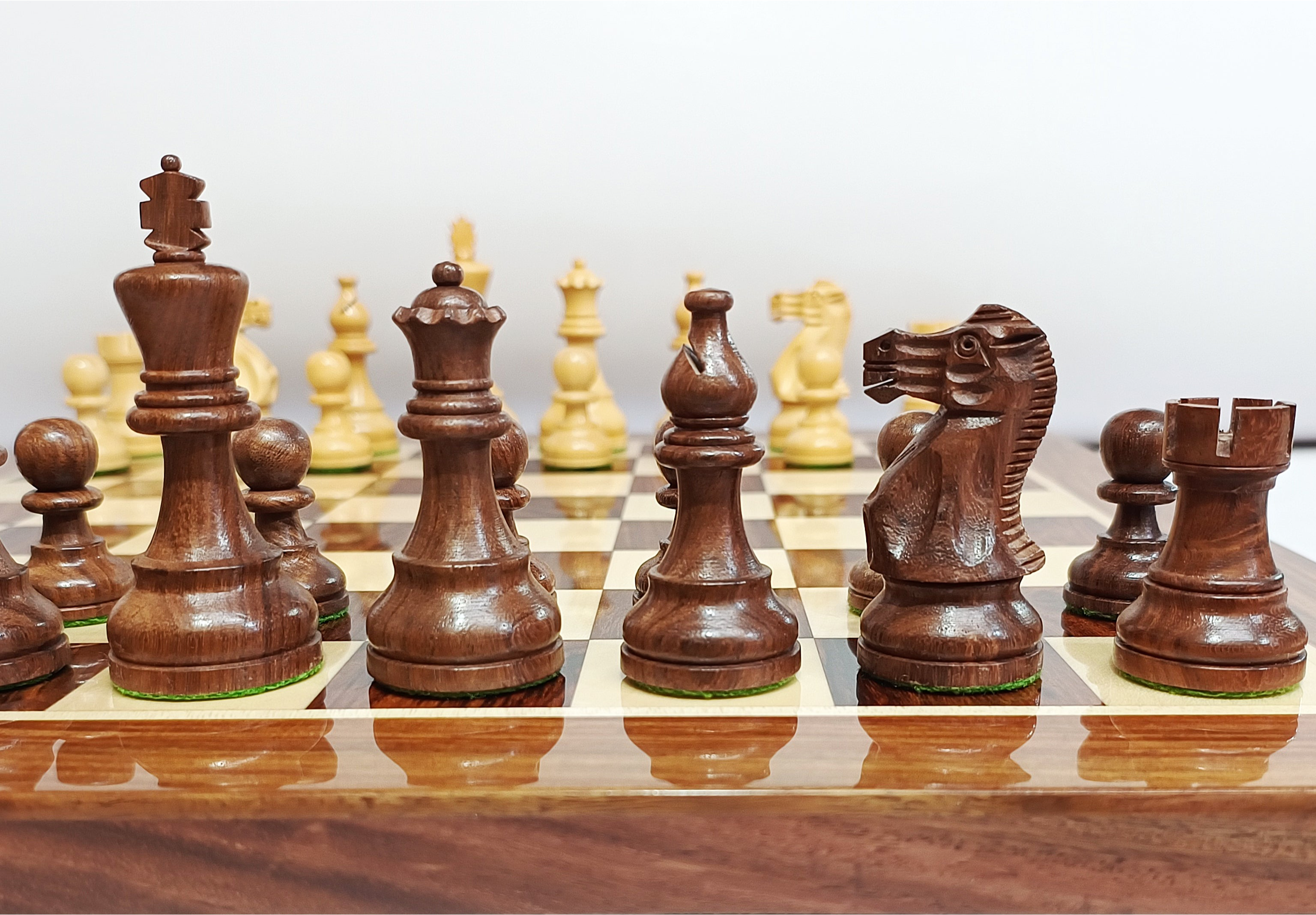

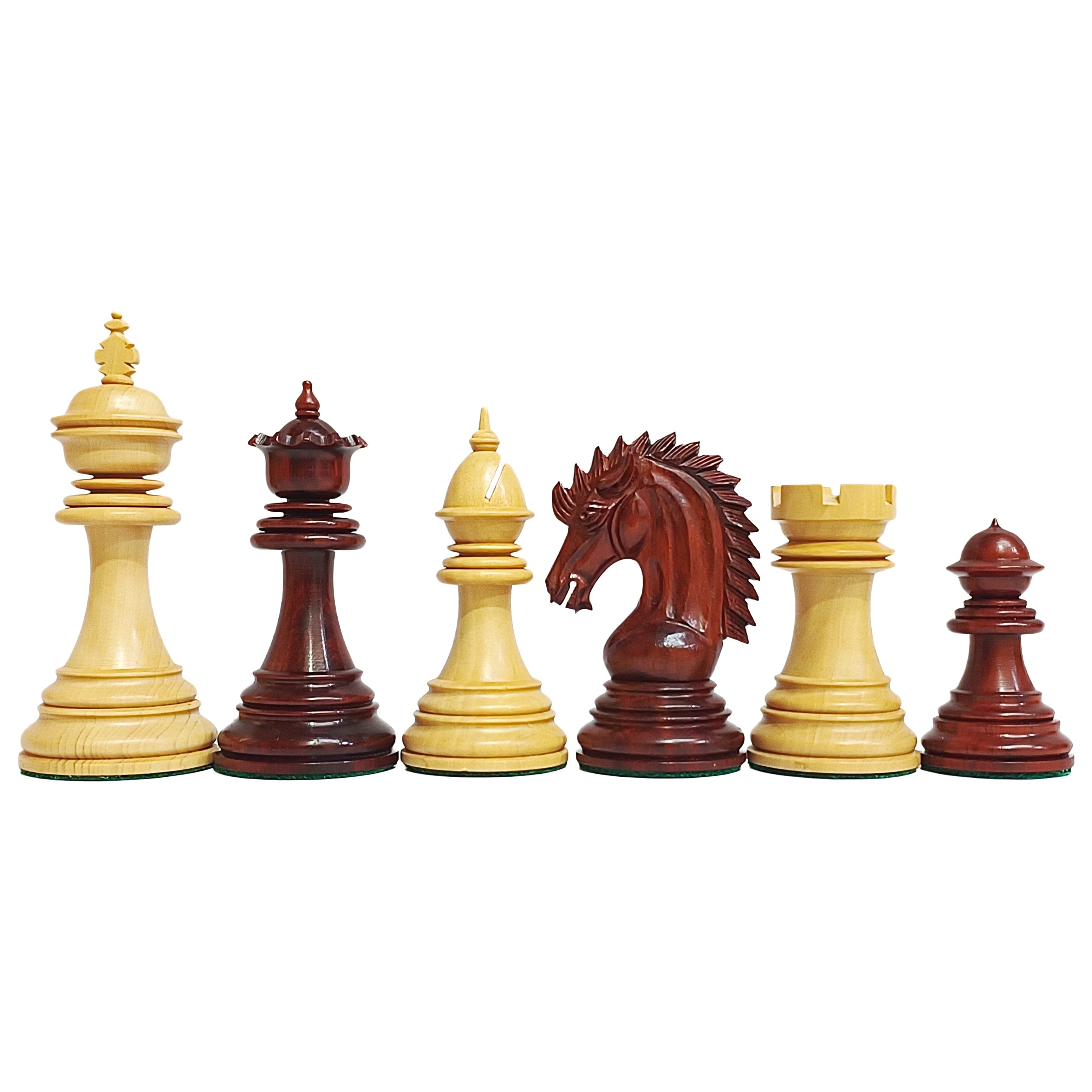
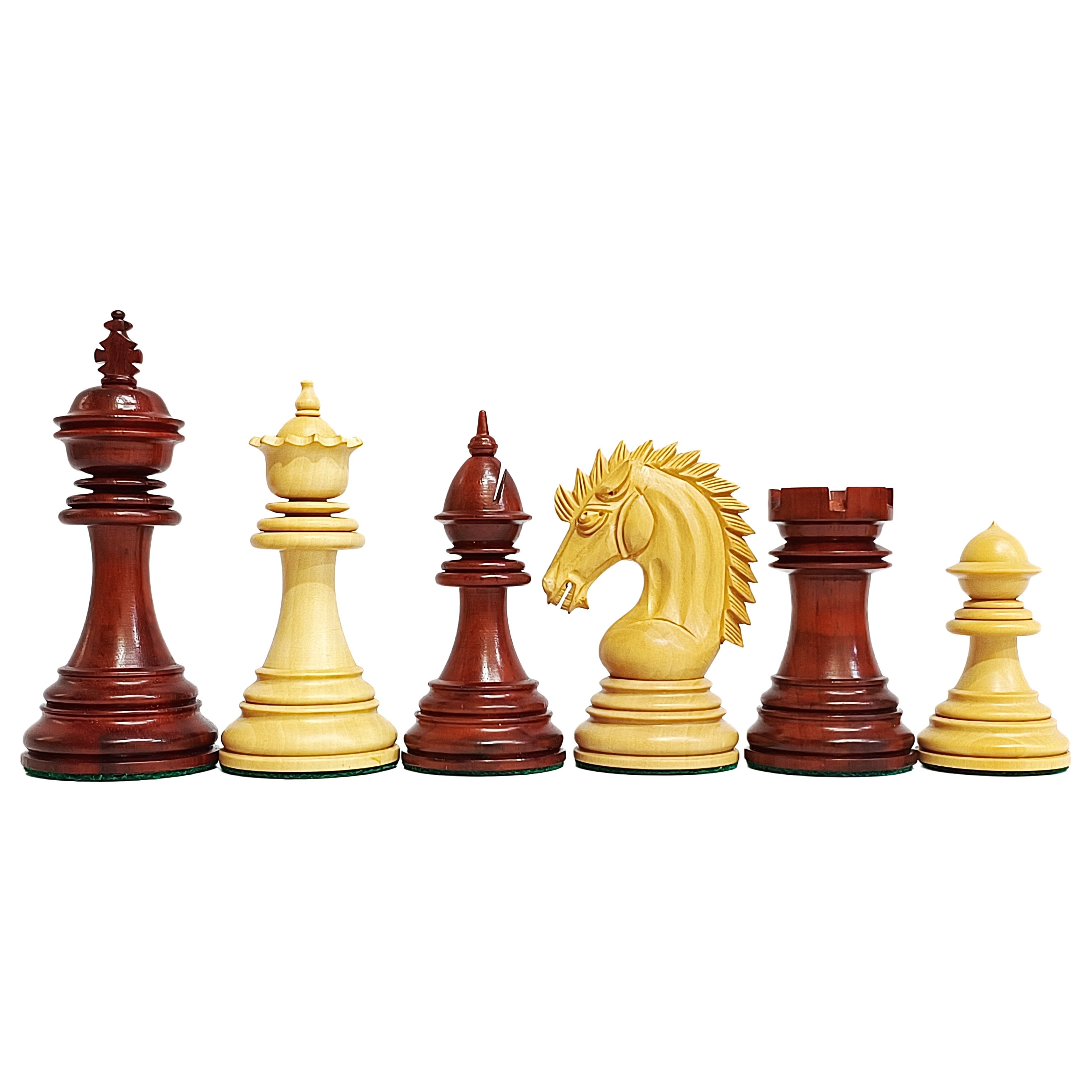


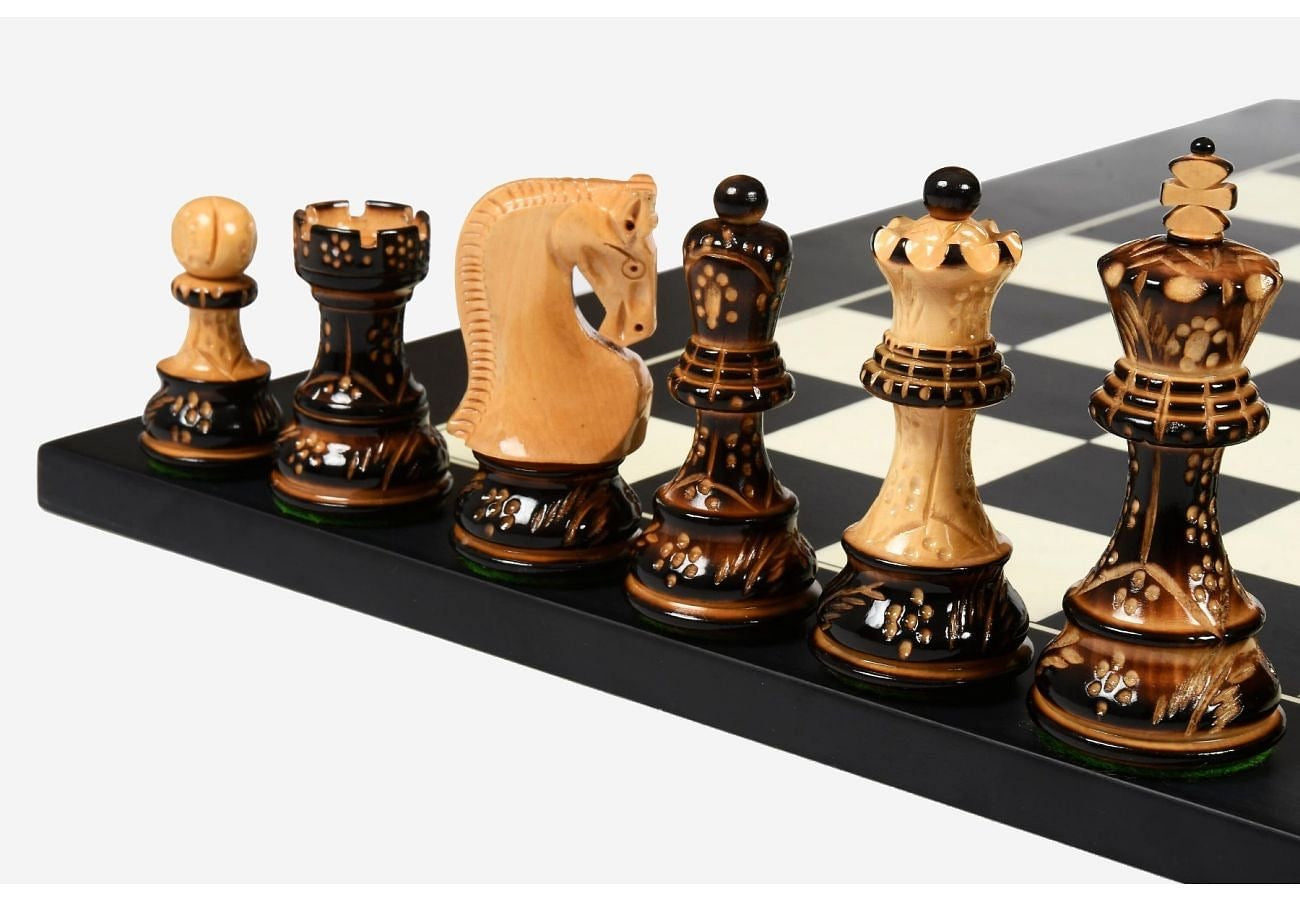
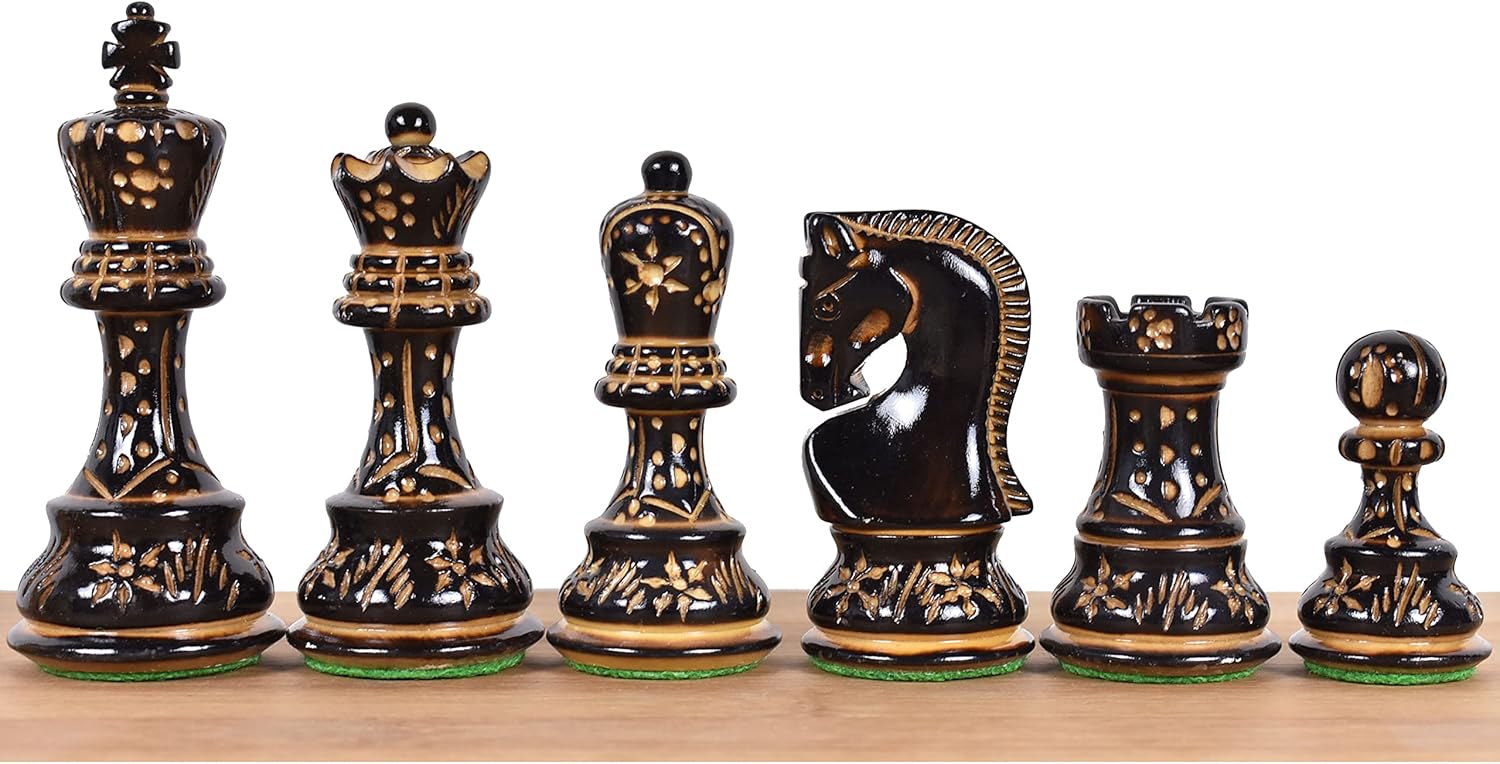
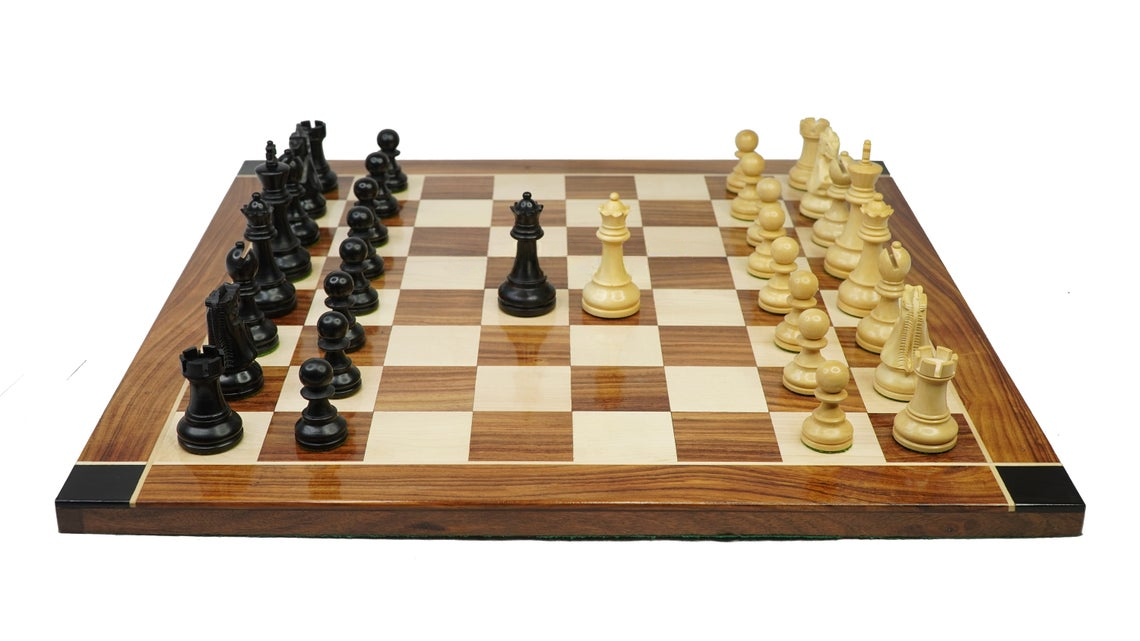

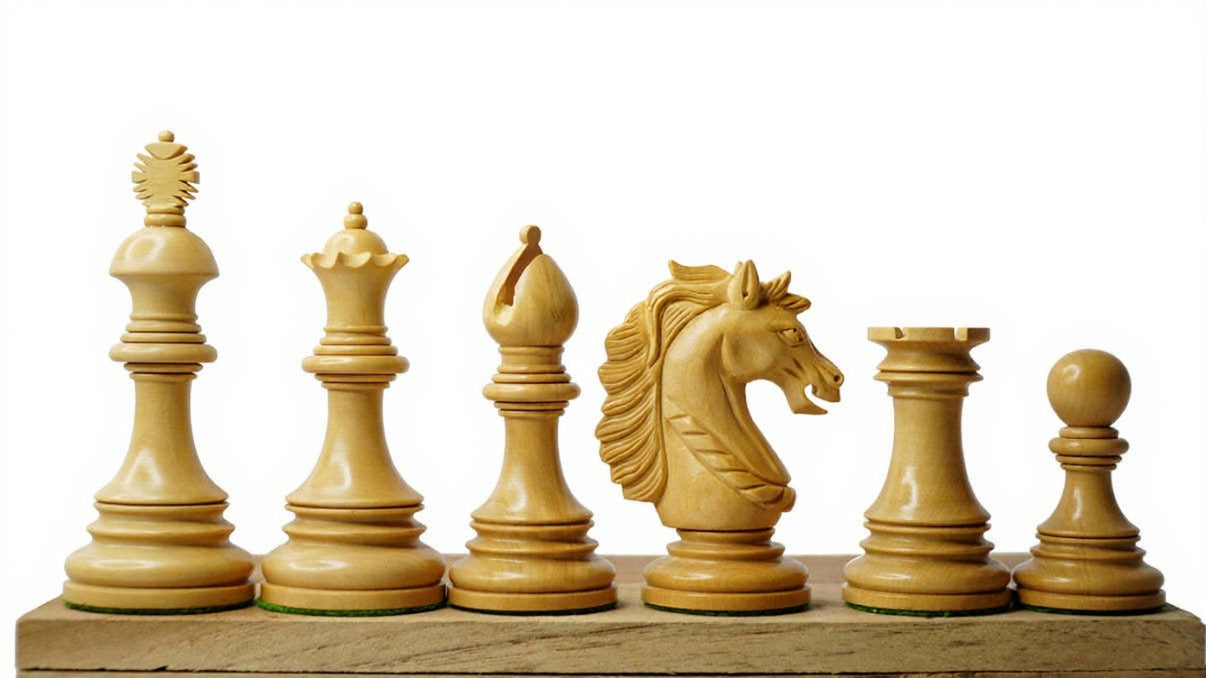
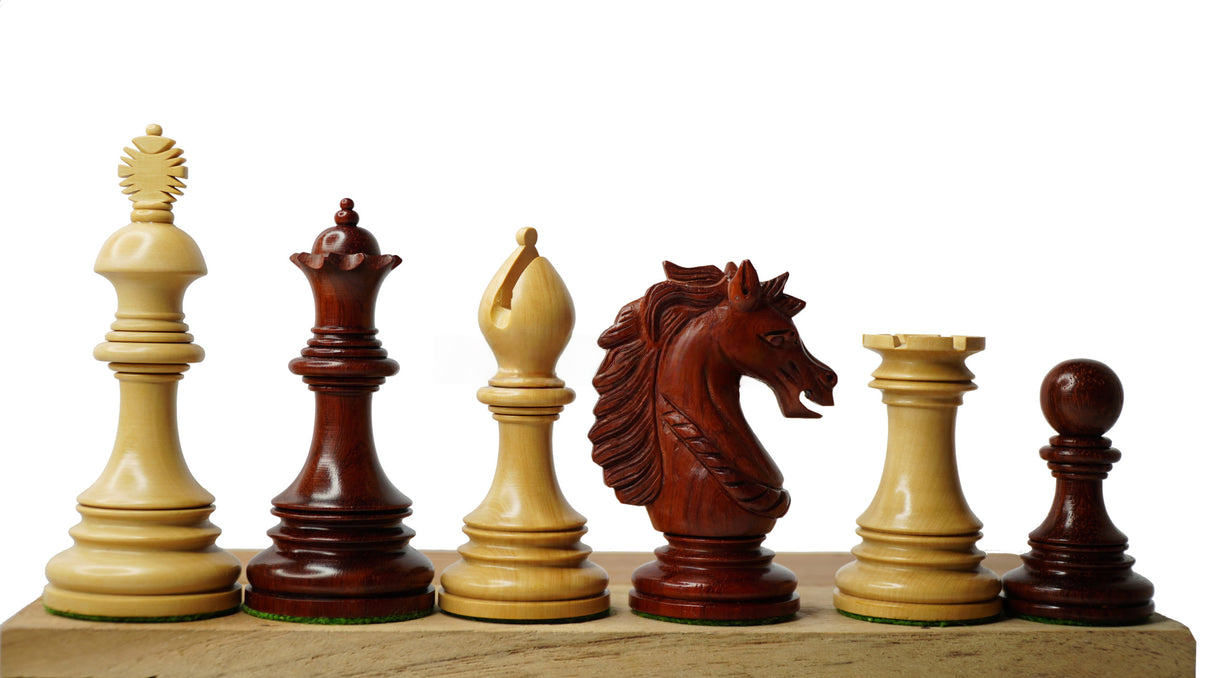
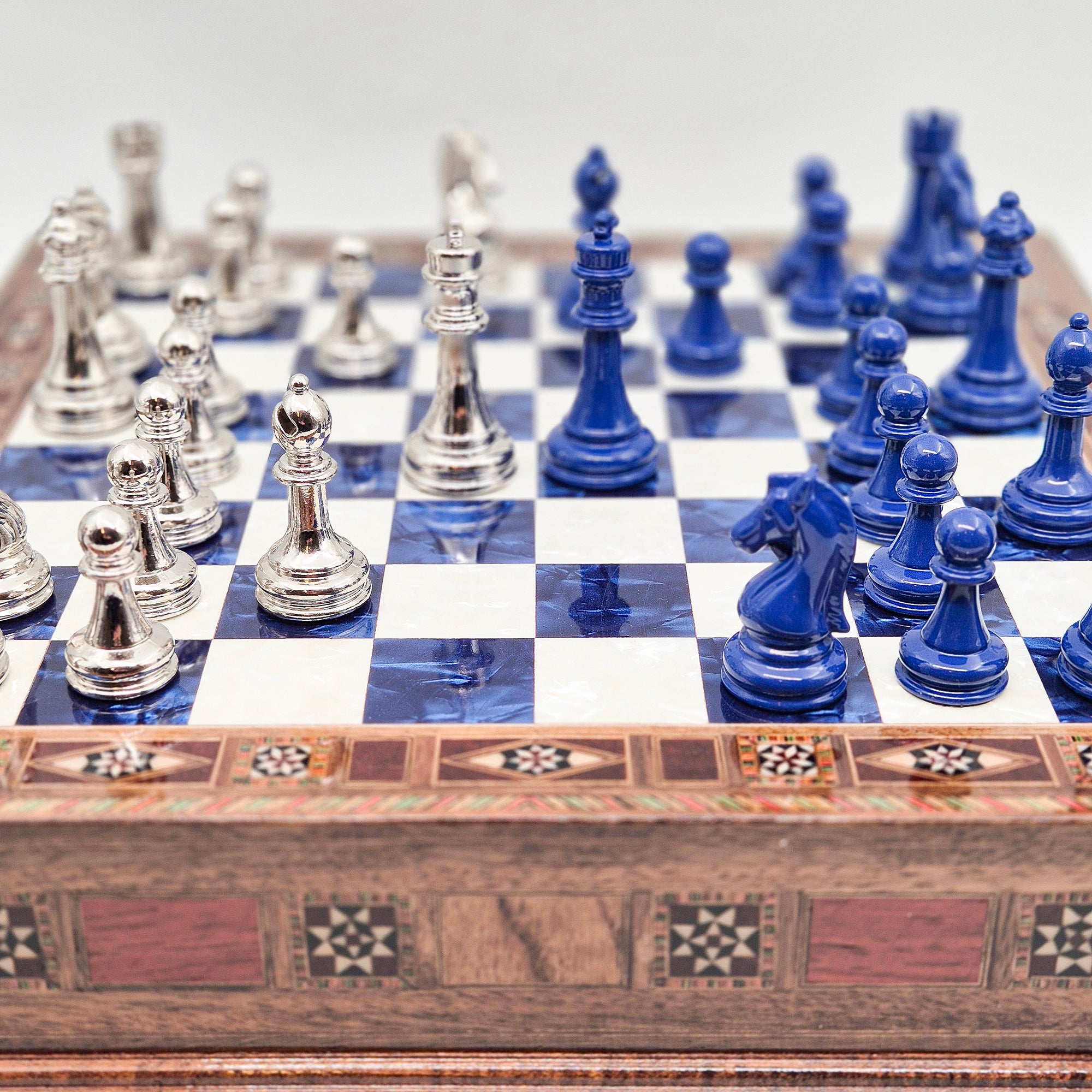


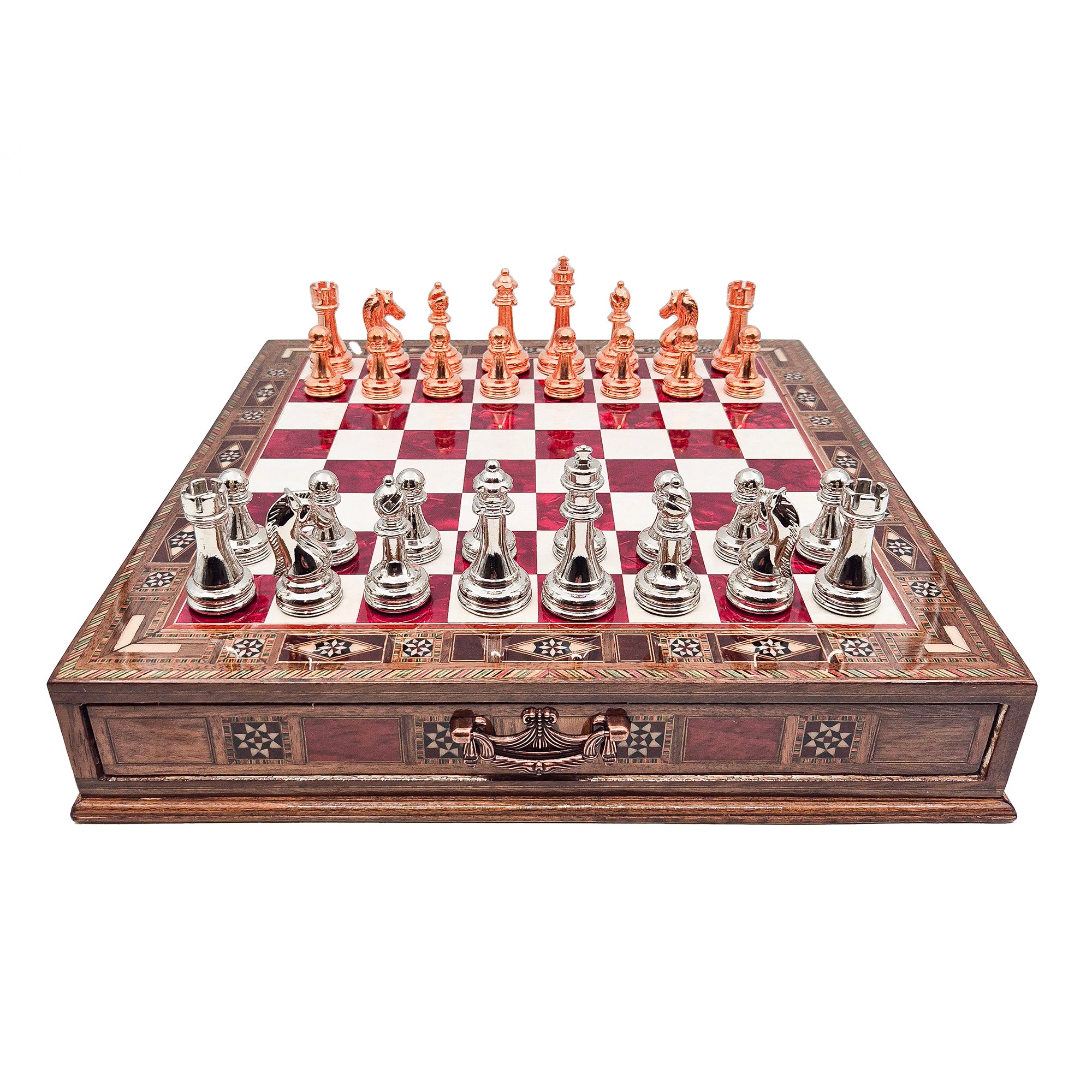
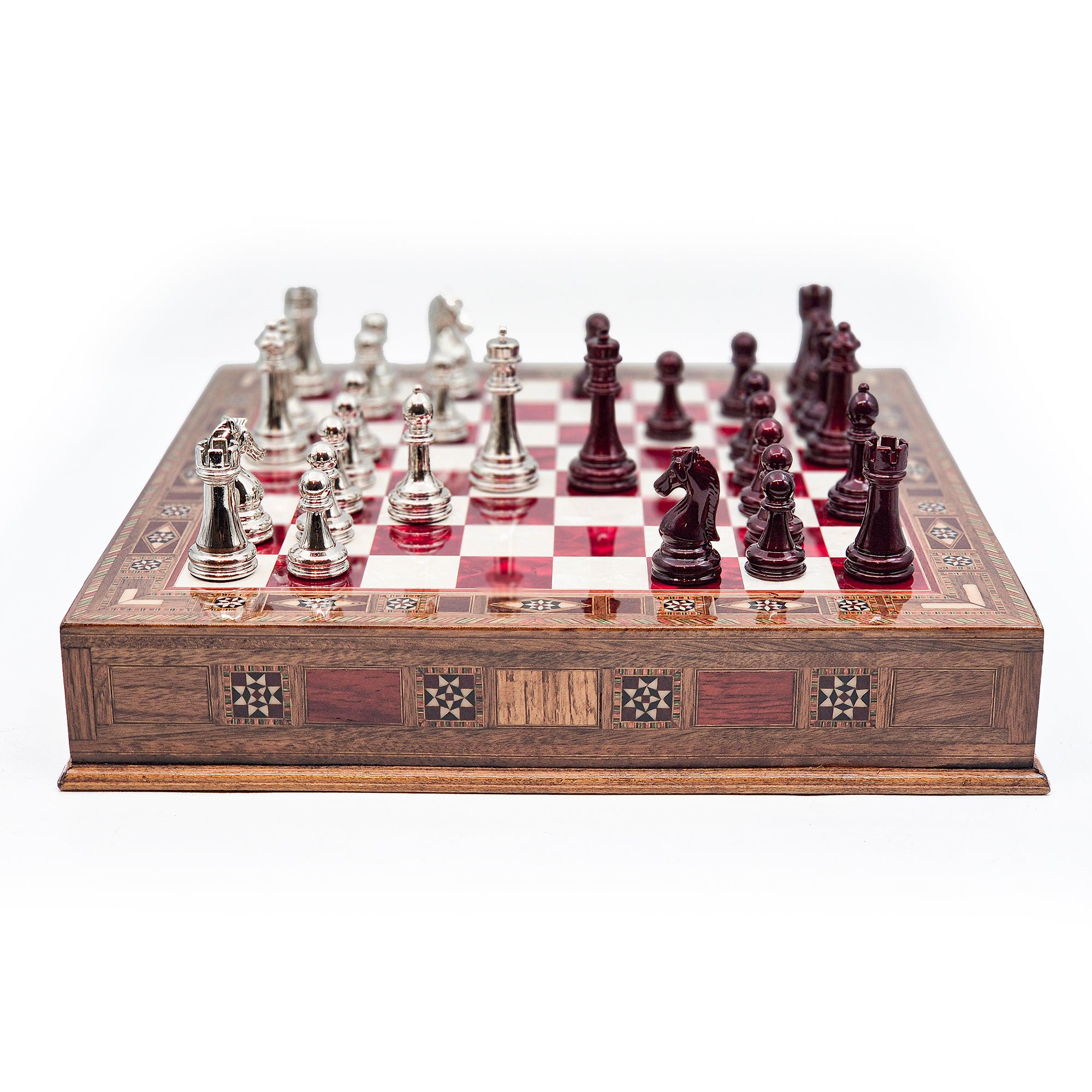
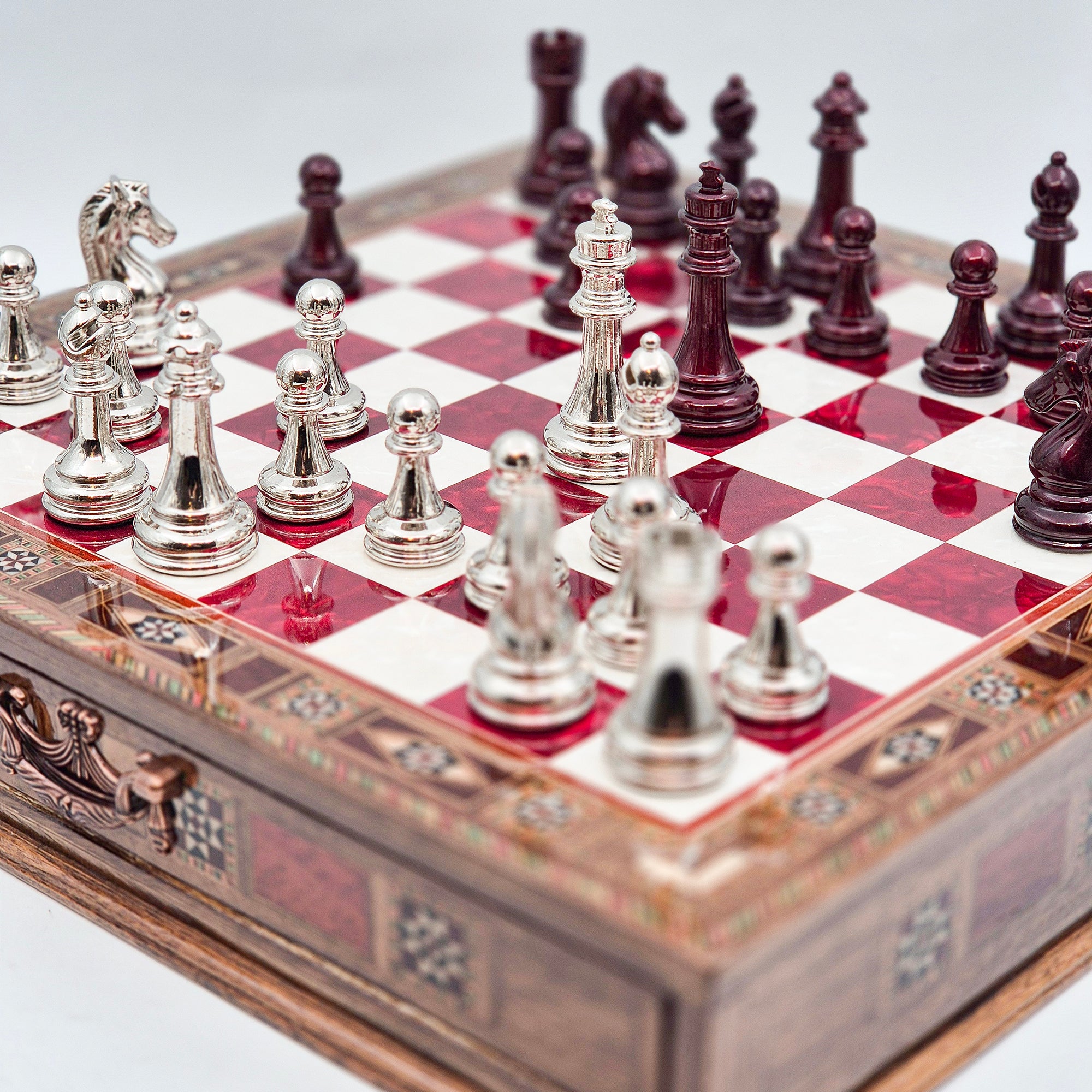
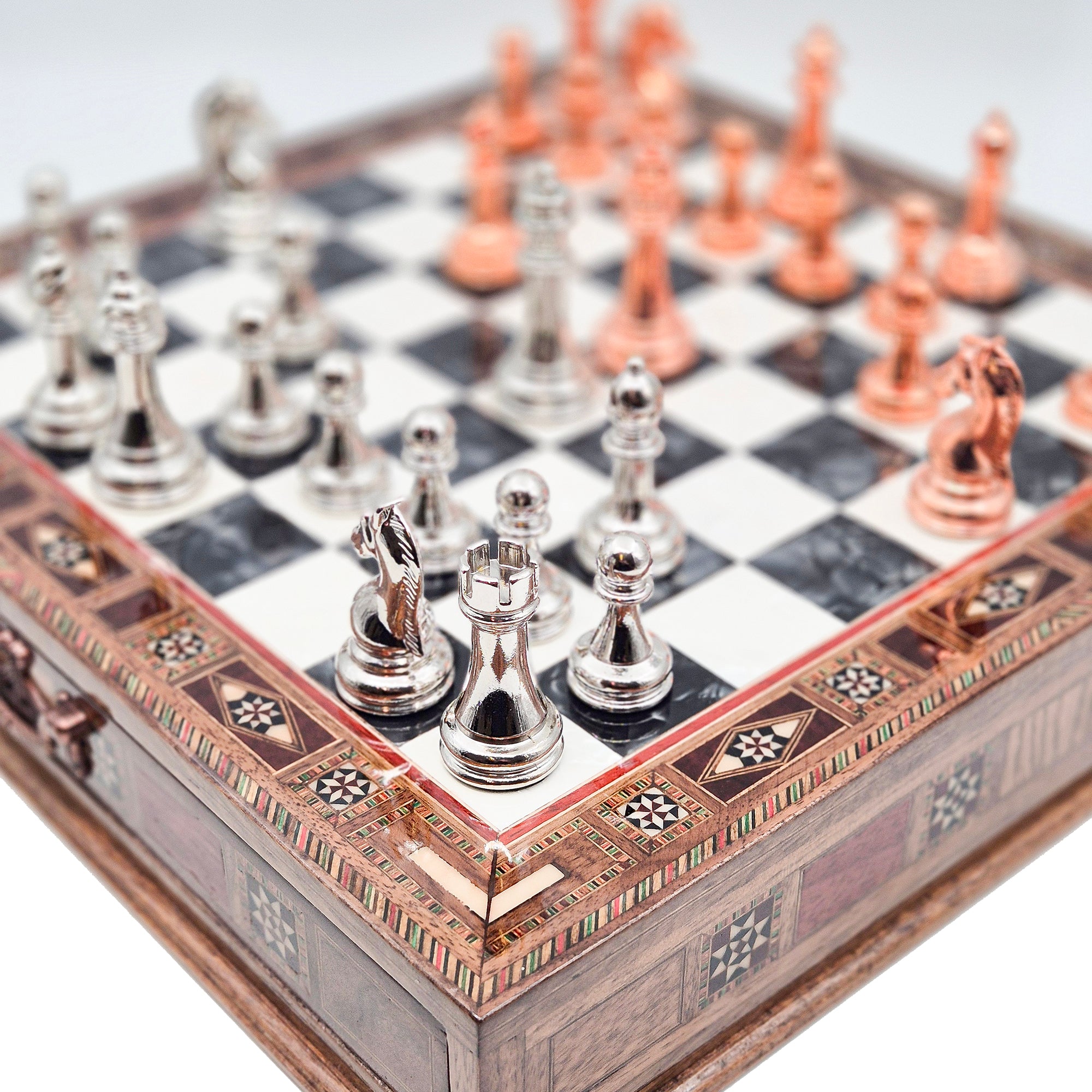
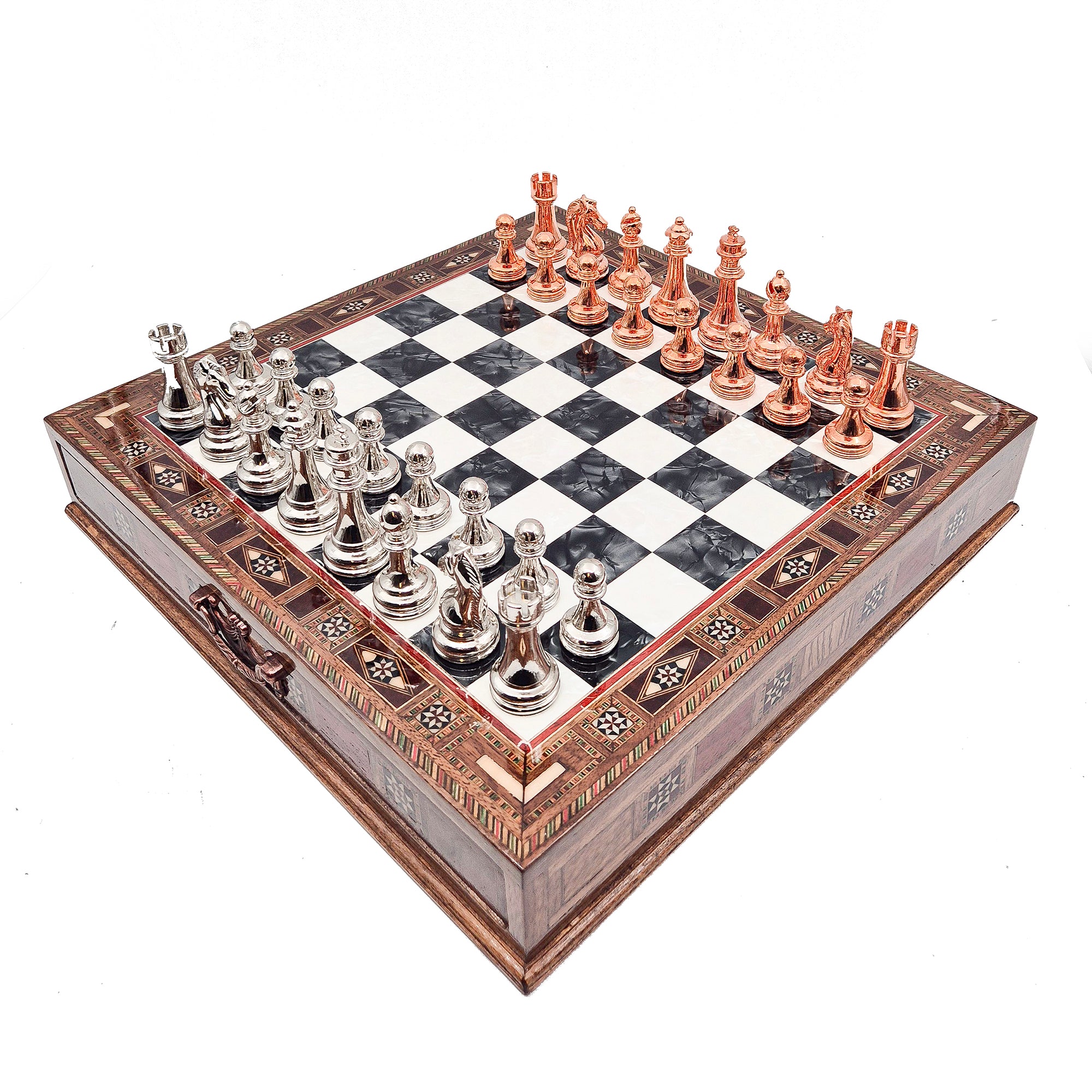


Leave a comment
All comments are moderated before being published.
This site is protected by hCaptcha and the hCaptcha Privacy Policy and Terms of Service apply.